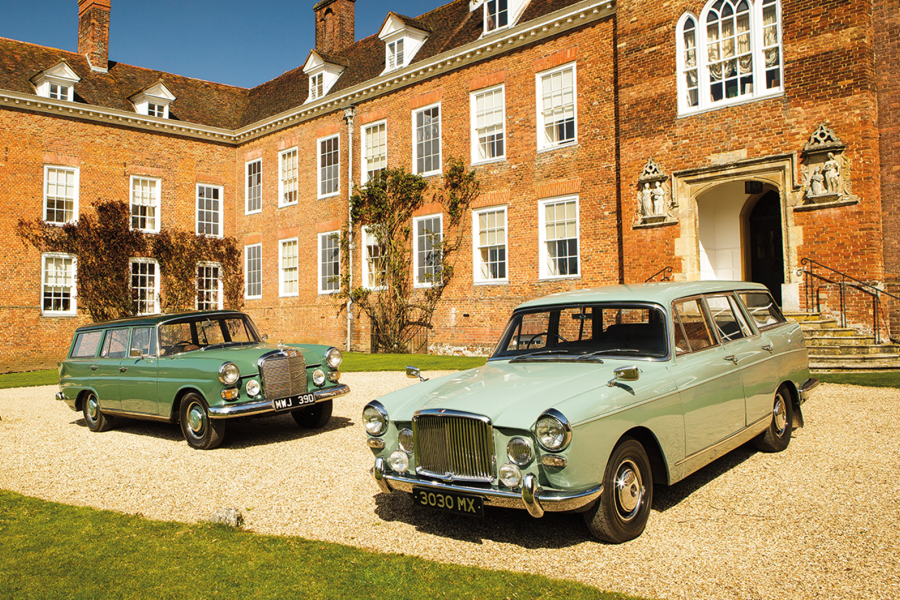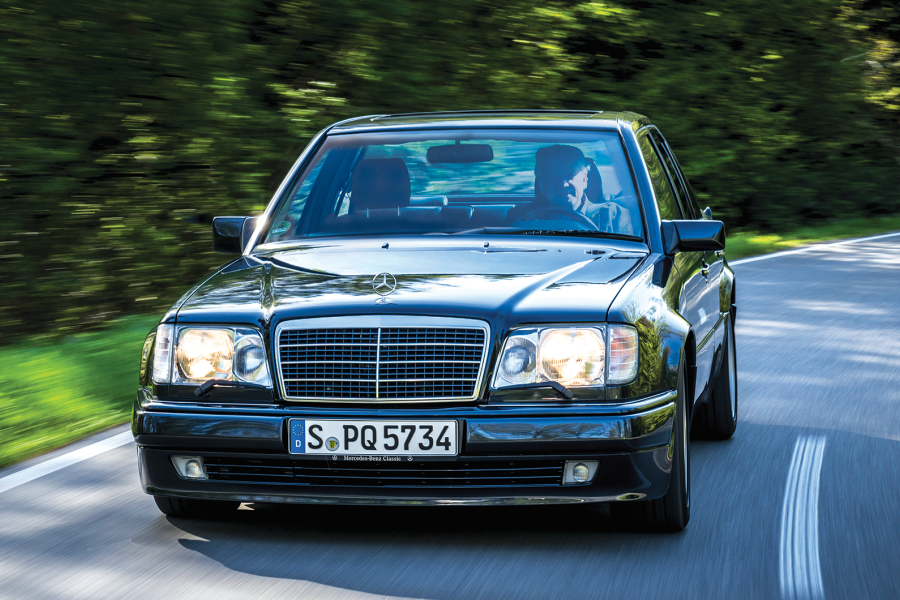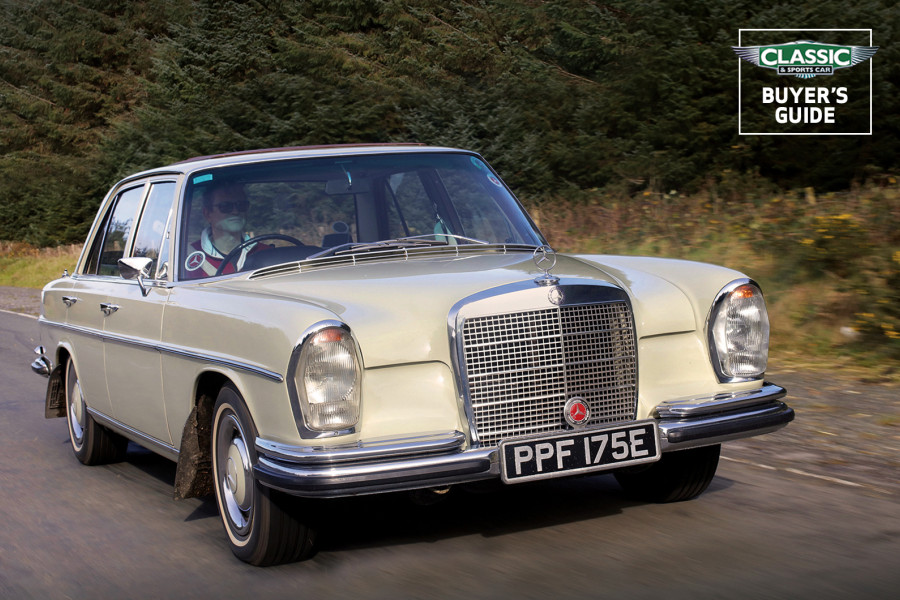As well as building the closest thing to the real deal that Mercedes-Benz could display in its museum and at shows, Jörg was determined to match the mechanical upgrades that gave the original 280GE its Paris-Dakar capability.
“It was sent to AMG for all the engine work, and we sourced a five-speed dog-leg gearbox and 1:528 differential for the reduced gearing,” he explains.
“The only change I made was to increase the spring stiffness, because I found the original spec a little uncontrollable!”
Roof lights helped organisers to track Paris-Dakar competitors from the air
In the 2022 Dakar Classic, both the GE and Jörg had the chance to test their mettle over 7500km of desert from Ha’il to Jeddah, Saudi Arabia: “The car was spectacular, although we did suffer a flat tyre while wading a river. And it was a steel-banded tyre at that.”
A quick run around Goodwood’s off-road arena and forest rally stage, ahead of its debut appearance at the 2023 Festival of Speed, is hardly a challenge for this cross-Continental warrior, but it reveals a wild character almost immediately.
The AMG-tuned ‘six’ catches, hot cams spinning with a flare of revs accelerated by its short ratios, a thumping growl turning into a raspy cacophony of vibrating exhausts and bellowing intakes when pushed to the limiter.
‘The win produced a publicity fanfare bolstered by a Mercedes 1936 AK placing first among the trucks, too’
It takes great lunges, elasticated on its tall suspension by the motion, and picks up staggering pace in the higher gears.
Up to modest speeds, the engine noise settles and a remarkable absence of transmission whine means you can begin to hear the stones and other terrain rumbling beneath.
It’s a raw experience, but less exhausting than you might expect.
The main controls are easy to manage, no more strenuous than a standard G-Wagen’s, and through-ventilation is mercifully effective from the fitted vents, if not so much the sliding Perspex windows.
This recreation of the Paris-Dakar Mercedes-Benz G-Wagen competed in the 2022 Dakar Classic
The prospect of thousands of tough miles ahead seems tempting.
It attacks the rally stage with a voracious appetite for gears on the straights, shooting the sharp-edged sound of its twin-cam ‘six’ into the trees, then wobbles and rolls as the weight shifts around the course’s tighter bends.
There’s enough power for the confident rally driver to slither all four wheels out of corners, on the unusually hard, almost slick dirt surface. Ickx must have had fun with this thing.
Out in the arena there is tougher terrain to tackle, but, no matter which axle-twisting path you take, there’s hardly a scramble for traction on the dry clay before it bursts forward once again.
It must have been more of a challenge in sand, but the conclusion would be the same.
Like Sabine, Ickx and Jörg, it simply looks ahead into the horizon – and goes for it.
Images: Max Edleston/Mercedes-Benz Archive
Enjoy more of the world’s best classic car content every month when you subscribe to C&SC – get our latest deals here
READ MORE
Luxury on the farm: Range Rover vs Mercedes G-Wagen
SAS Land-Rover vs Belgian Army Minerva: locked and loaded
Buyer’s guide: Mercedes-Benz G-Wagen
Aaron McKay
Aaron is Classic & Sports Car’s Deputy Editor






















